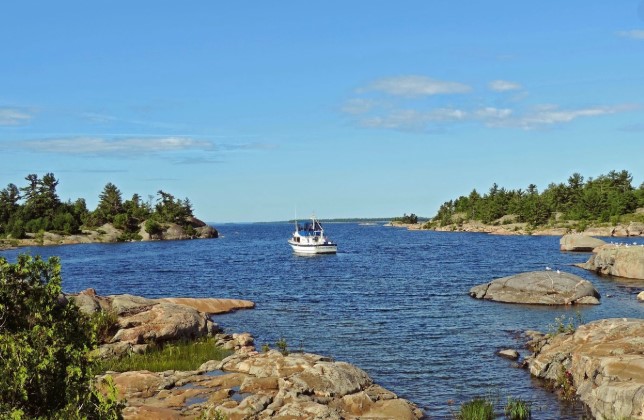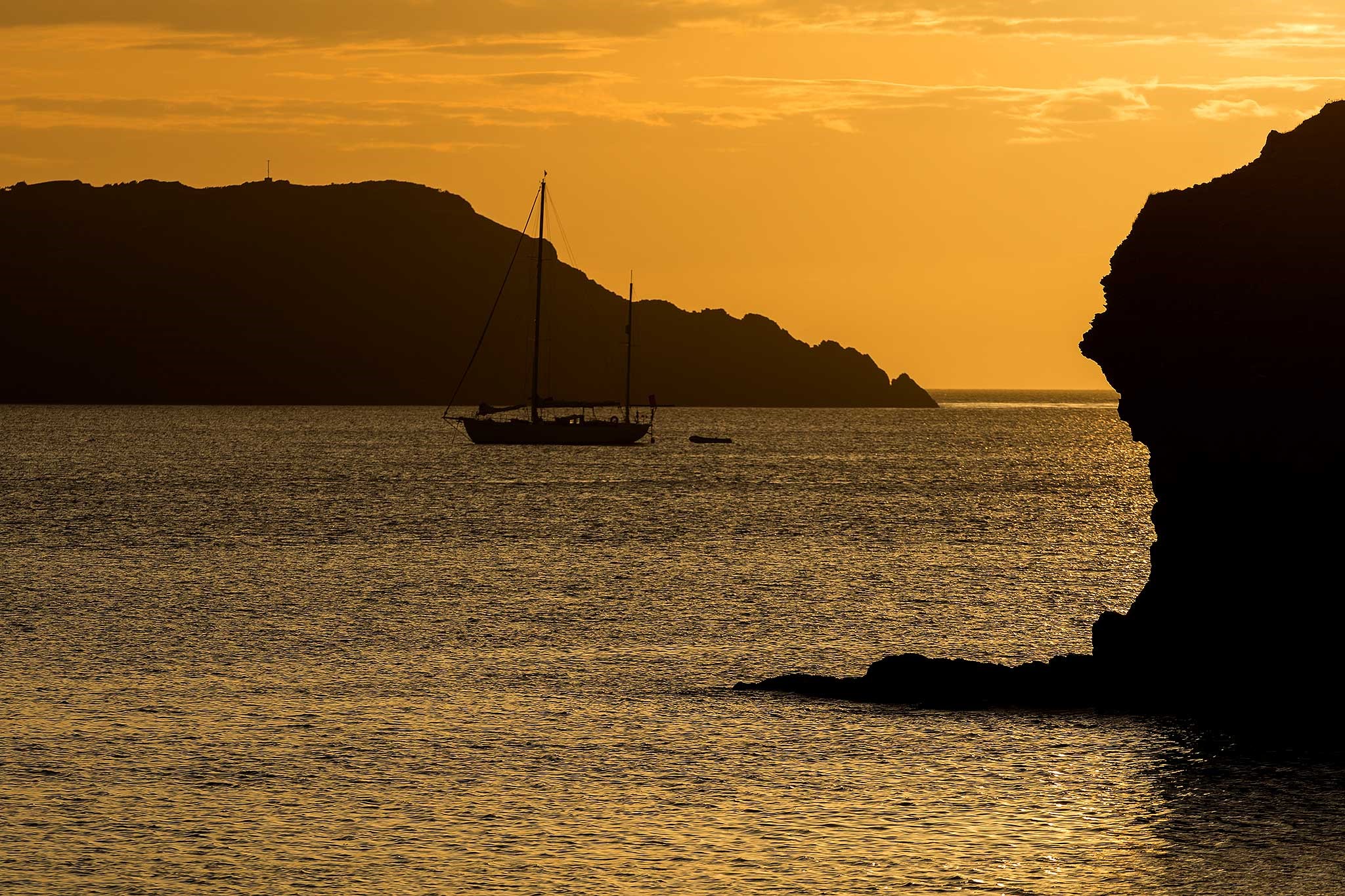Local Knowledge
By Dag Pike
Previous experience of going into a harbor is always useful. It can make life a lot easier, as far as the navigation is concerned, because you know what you are going into. I am sure you know your local harbor inside out because you have been going in and out of the harbor many times in the past. That sort of experience is hard to come by.
Of course, you can rely on it because you know precisely where the limits of that experience lie, but can you rely on the local knowledge of that harbor from another member of the crew? Are you prepared to hand over the navigation to someone who declares that they have previous experience of the harbor when it is a new place for you to visit?
It always sounds like a good idea when someone on board says, “I know this harbor or these waters like the back of my hand. I have been in here many times before so why not let me take over.” It is so easy to be seduced into a situation where one of the crew says they know the place and to hand over control.
What to Remember
While you might think to hand over the navigation to someone with more experience, you do not hand over the responsibility. You are still the skipper, so if anything goes wrong, it is still your problem.
Handing over the navigation to someone who says they know the area in this way is fine. You can also learn from what is going on if the volunteer really knows his business. If you are going into a harbor that is new to you, this advice can be a great help. It is rather like the big ship routine where the Captain takes a pilot on board who has the local knowledge to help point the way.
The pilot may know the way, but it is the Captain who is still responsible. This is why you should still have your own detailed navigation plan. If that crew member who has the local knowledge does take over, you can still learn from what he is doing. But more importantly, you will need to be able to take over if things do not work out as expected.
In the case of one of your crew saying that they know the harbor, it may extend to knowing what the harbor looks like, but it may not always extend to knowing depths of water, tides and similar requirements. You will have to judge whether your ‘local knowledge’ person really does know the harbor and/or its channel. You can only make that judgment if you have done your own preparation and have a pretty fair idea of the area yourself.
My ‘Local Knowledge’ Experience
I have been lured into this situation and let a crew member who said they knew the way along the narrow channels of a harbor take over the navigation. On one of these was on a rock-strewn channel between the mainland and an island where the tide stream was running strongly, and there was not much room for error. All went well at first and we were negotiating the twists and turns of the channel with our ‘local knowledge’ man at the helm.
There was one part of the channel where it narrowed and took a sharp turn and ‘Mr. Local Knowledge’ suddenly could not remember which side to pass for one of the buoys. It was a fatal mistake because we sat heeled over for the next six hours at a very uncomfortable angle after going aground on a falling tide. Whether I would have done better if I had retained control is hard to say. Perhaps I might have concentrated on things a bit, thinking that I had to make sure I was in the right part of the channel when making the turn. If you have good, up-to-date charts and you are concentrating on the job in hand, then the navigation should be fine as far as a small boat is concerned.
These days, there is so much information available about harbors, the way they look and what you can expect going into a strange harbor for the first time. Of course, it can be a daunting experience. You are not only trying to pick up the next buoy or two but you are perhaps also looking for the entrance to the marina and coping with the local traffic on the water.
For the navigator, coming in from seaward into a new harbor can be quite a challenge. These days, however, you can get satellite views of the harbor and possibly even an eye-level view, thanks to the wonders of modern electronic charts. Night time can be a different matter because you can replicate what the shore lights might look like. Trying to see the lights of buoys, beacons and other vessels against the shore lights can present a very confusing picture to the inexperienced newcomer.
It can be useful to have someone on board who knows what things look like in a strange harbor, but you have to ask whether they have actually navigated a boat like yours in the harbor. They may be used to a dinghy when you have a boat with a draft of 6 feet.
You would be very unwise to use local knowledge as a substitute for doing your normal research about the place you are visiting. So, it is best for you as the skipper to remain in charge but have the ‘local knowledge’ help you in an advisory capacity, just like they do on the big ships.


